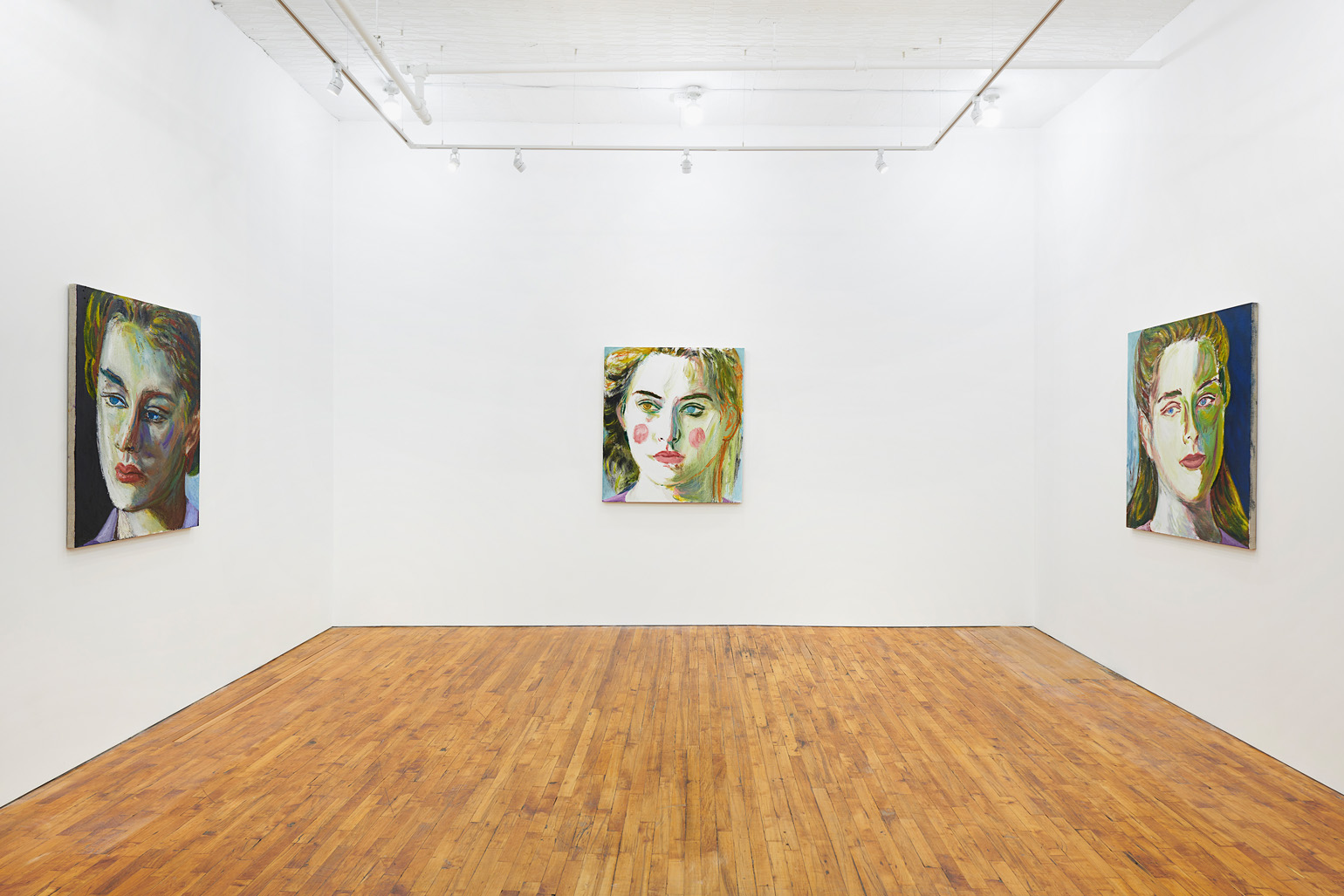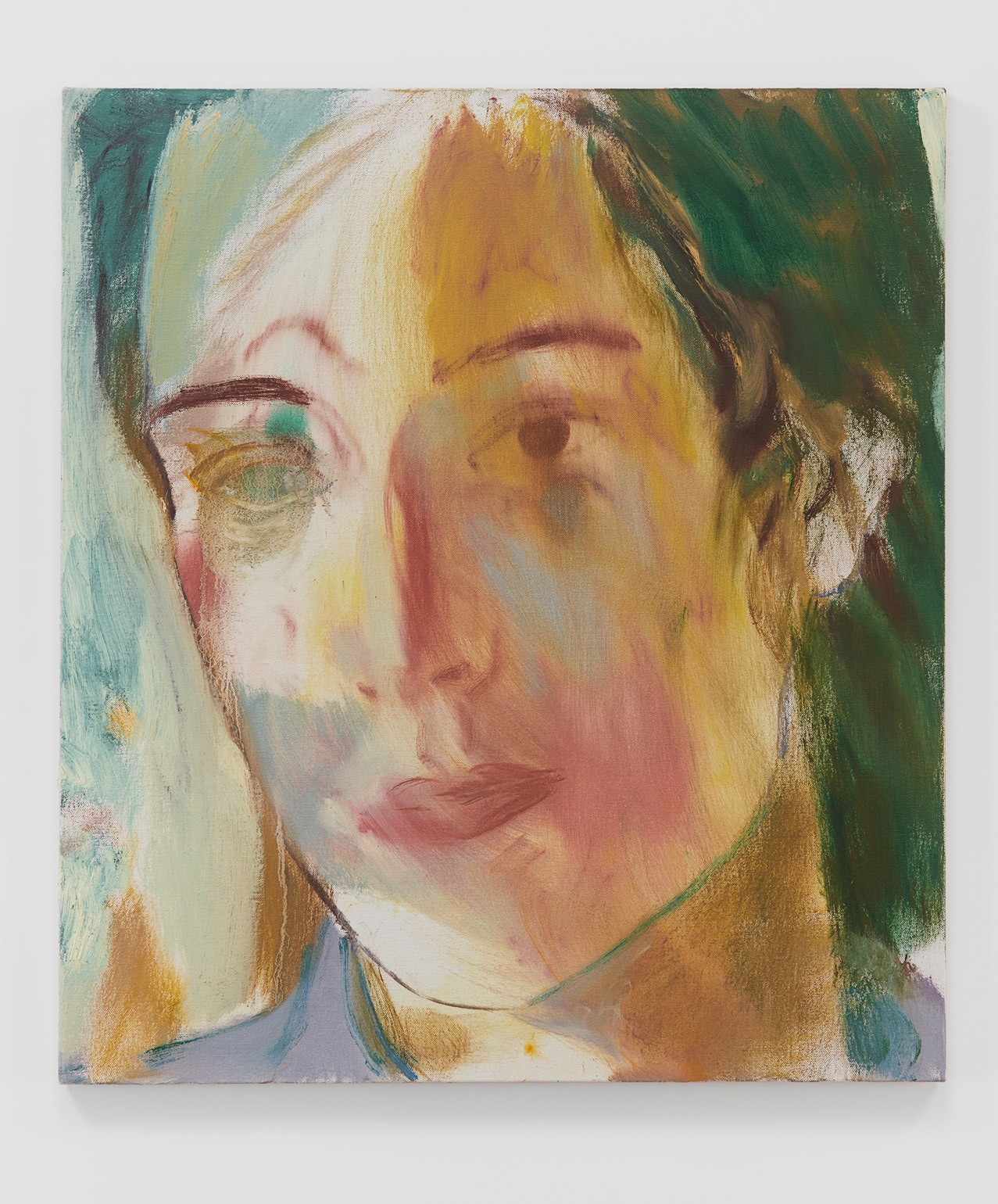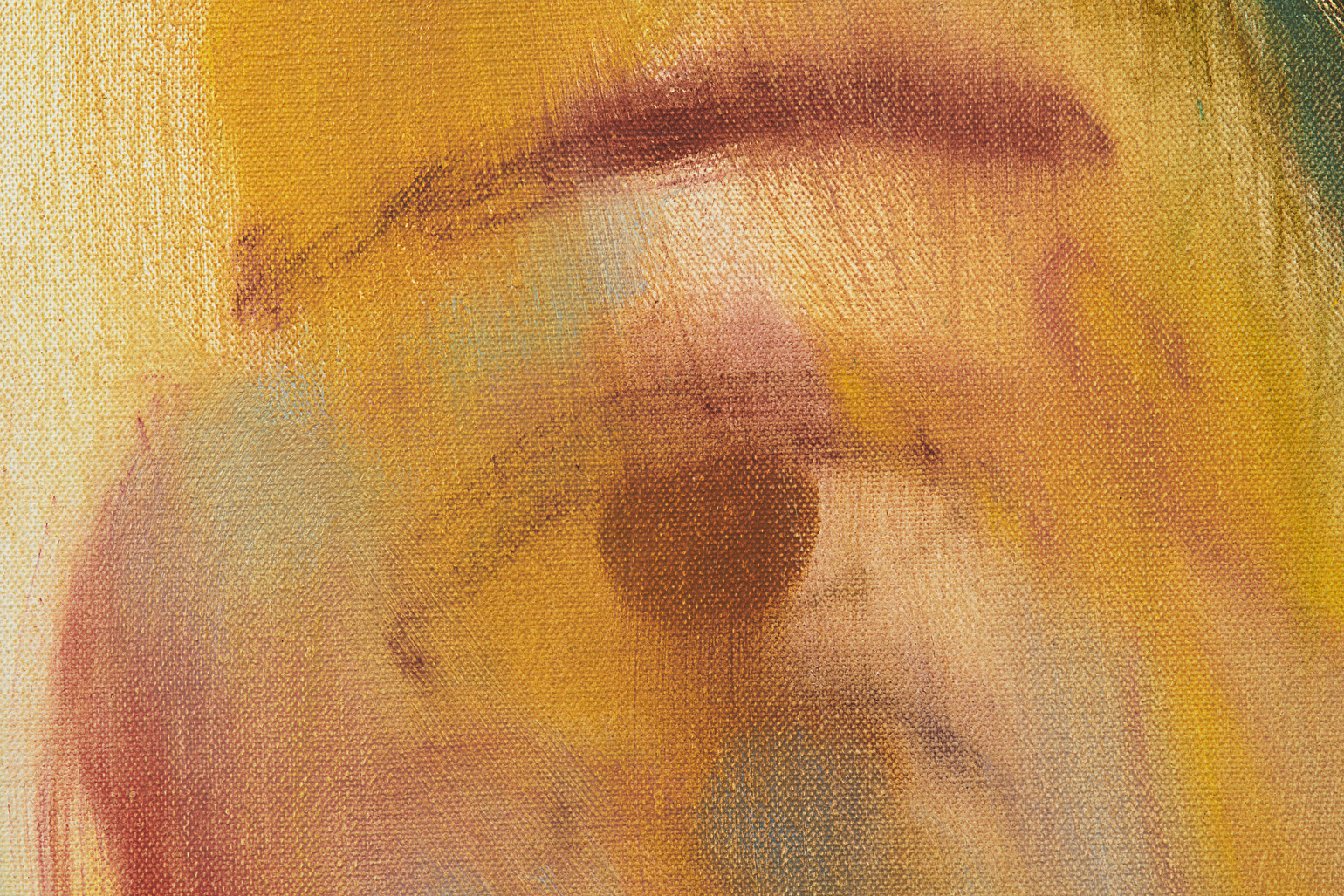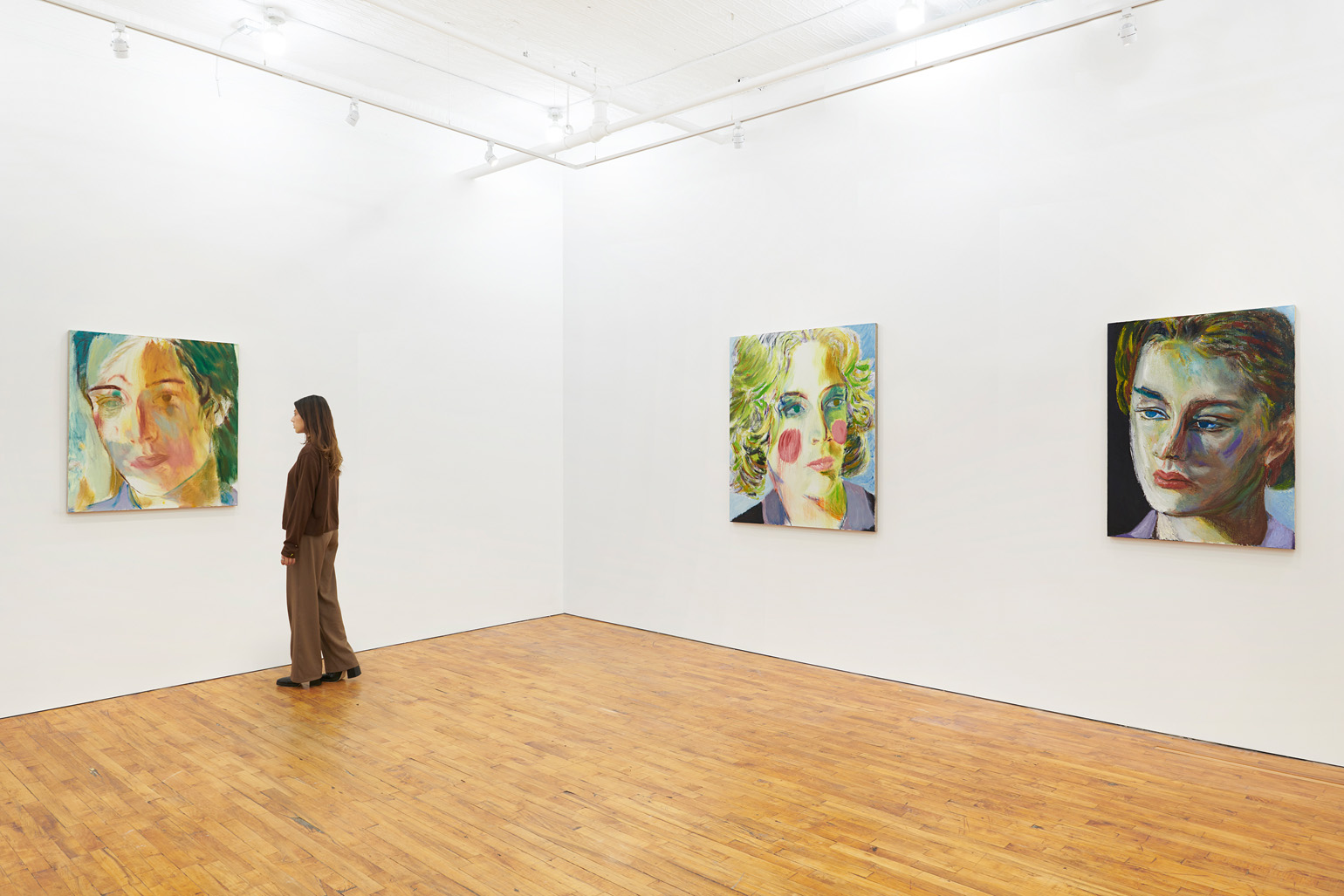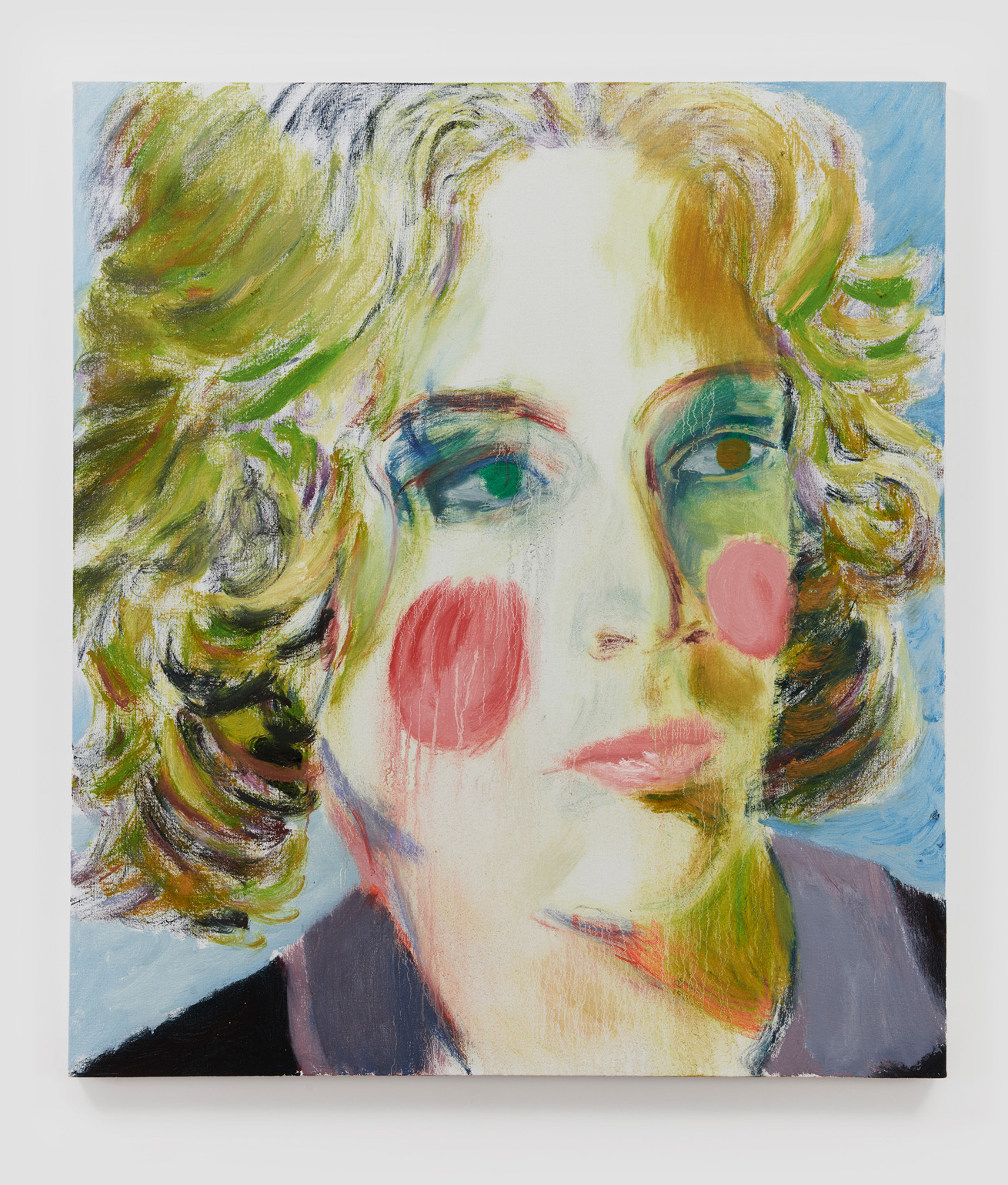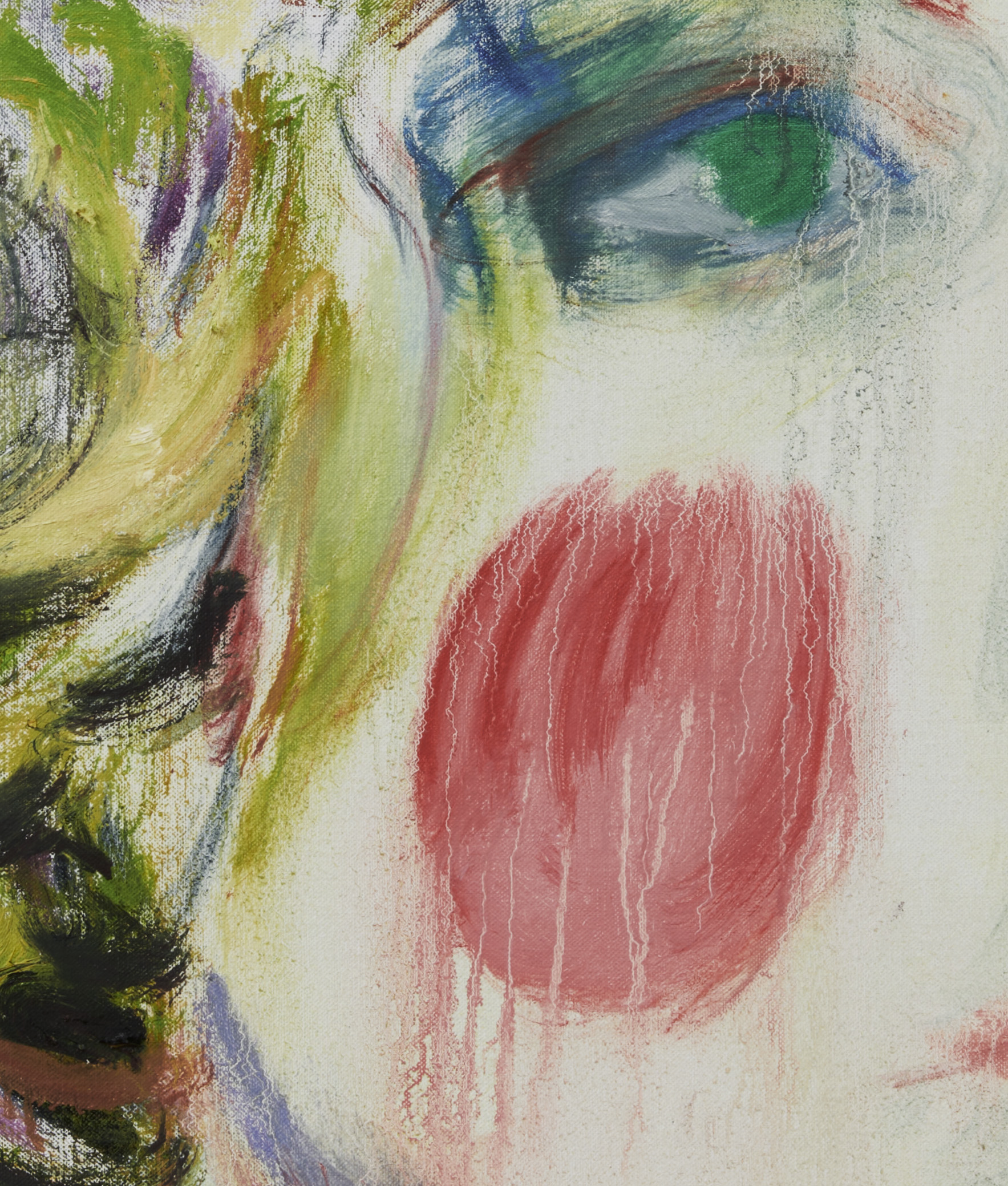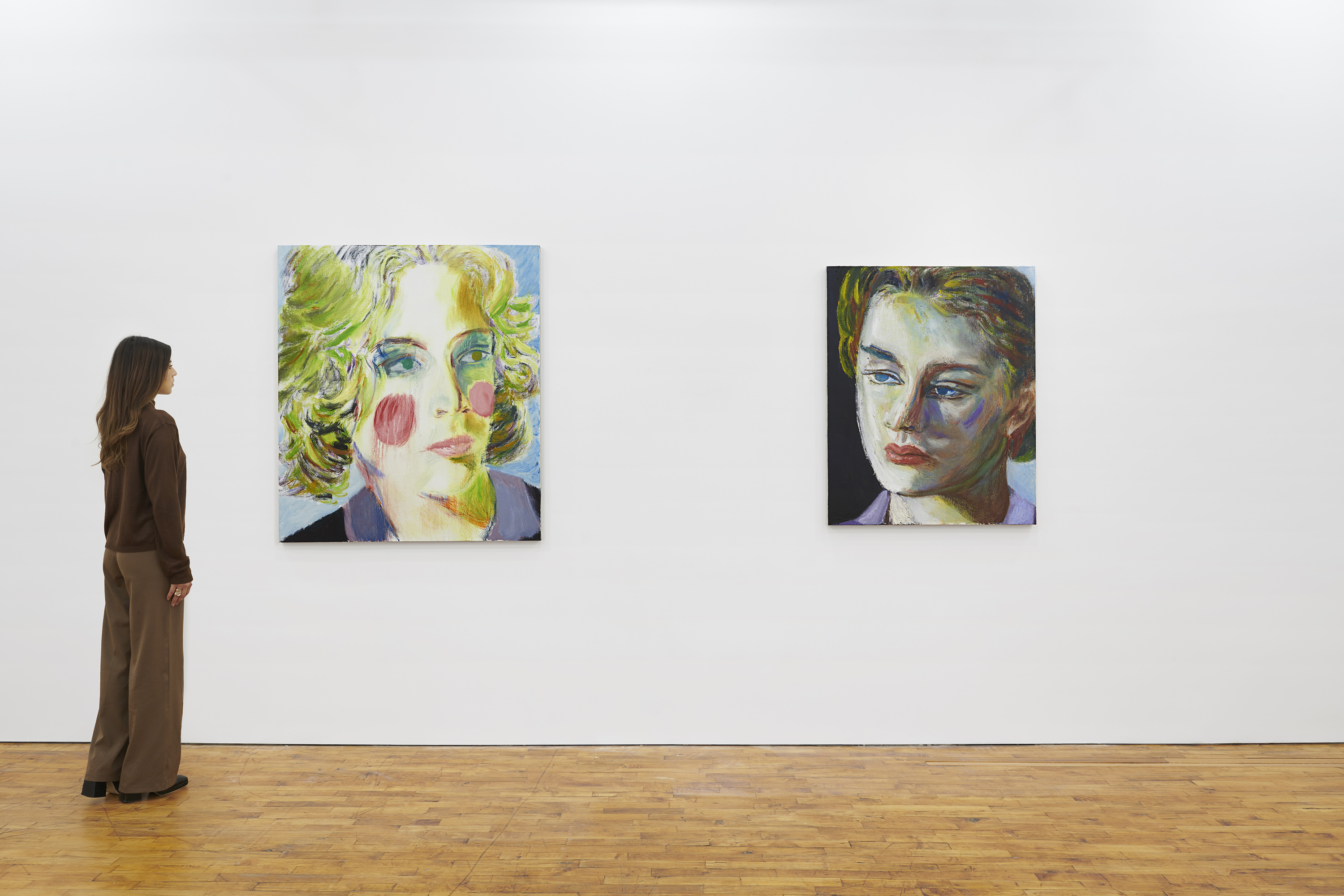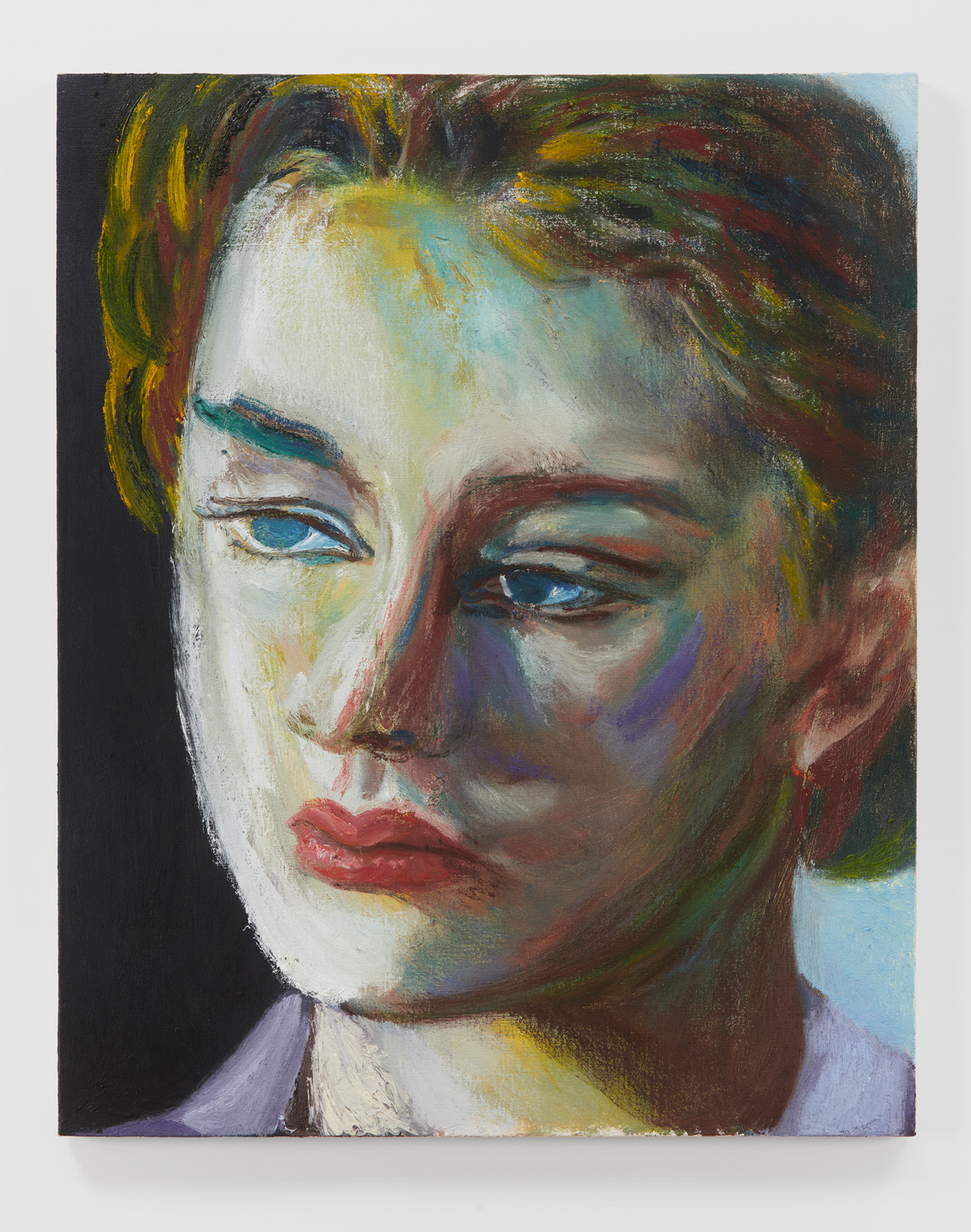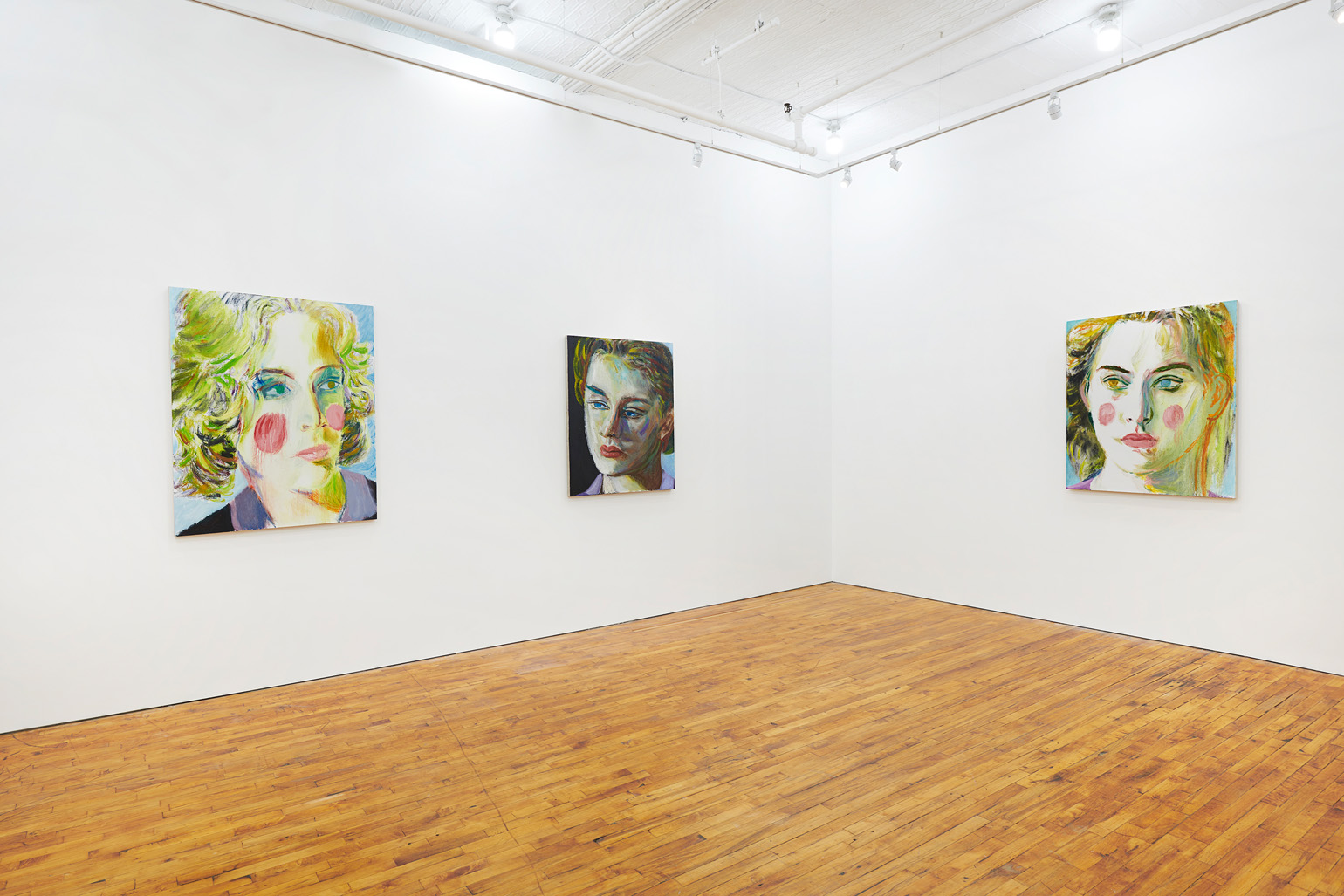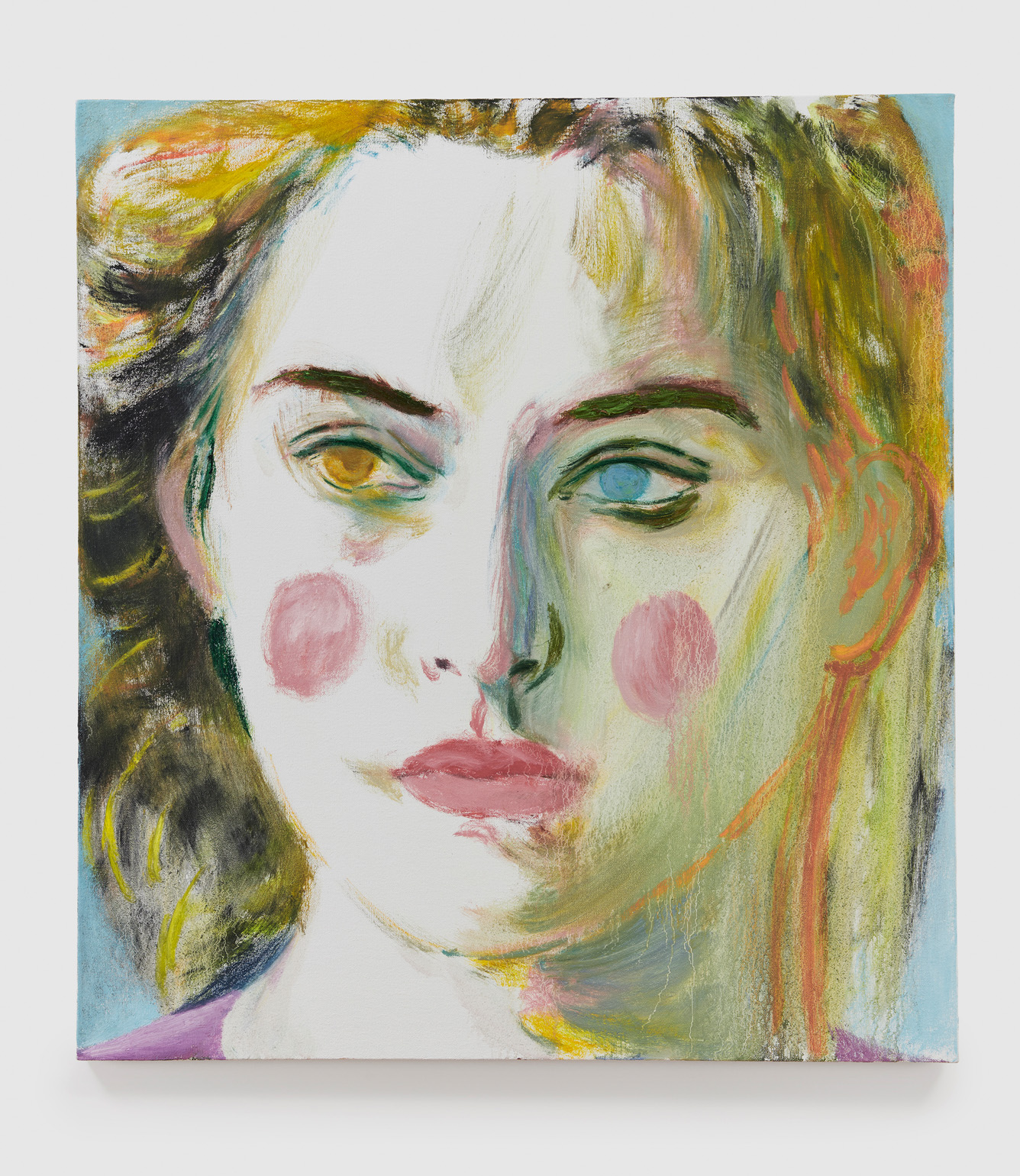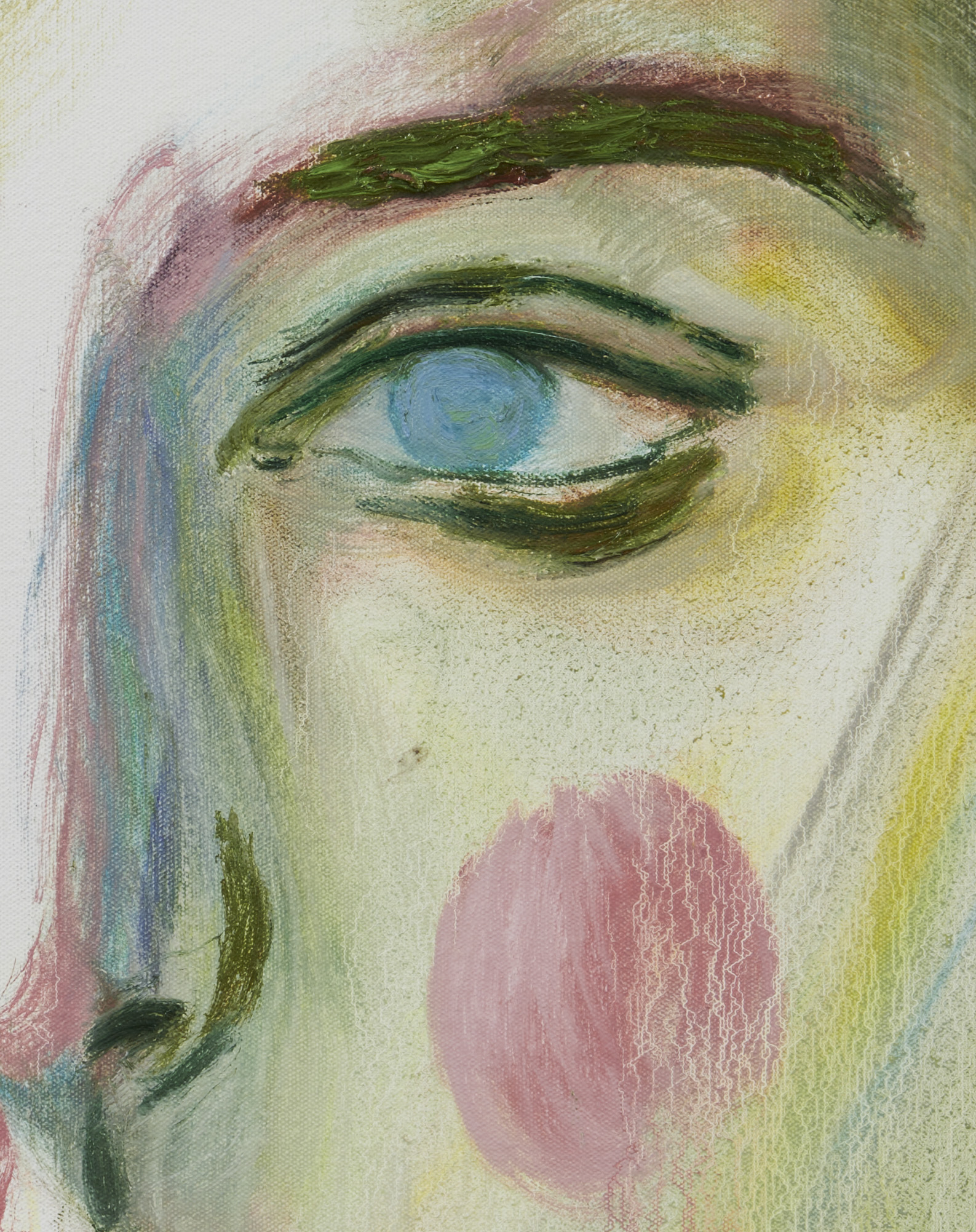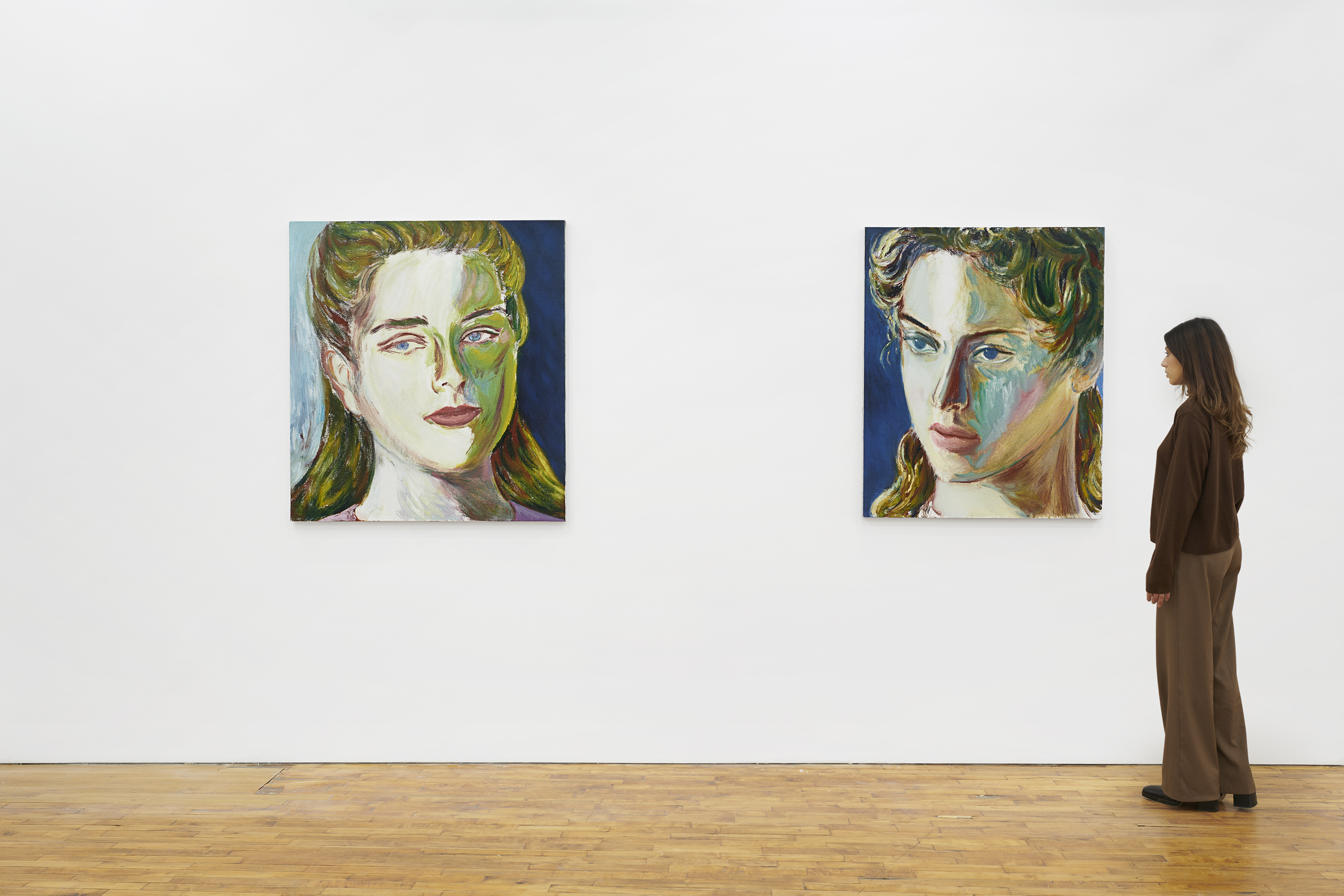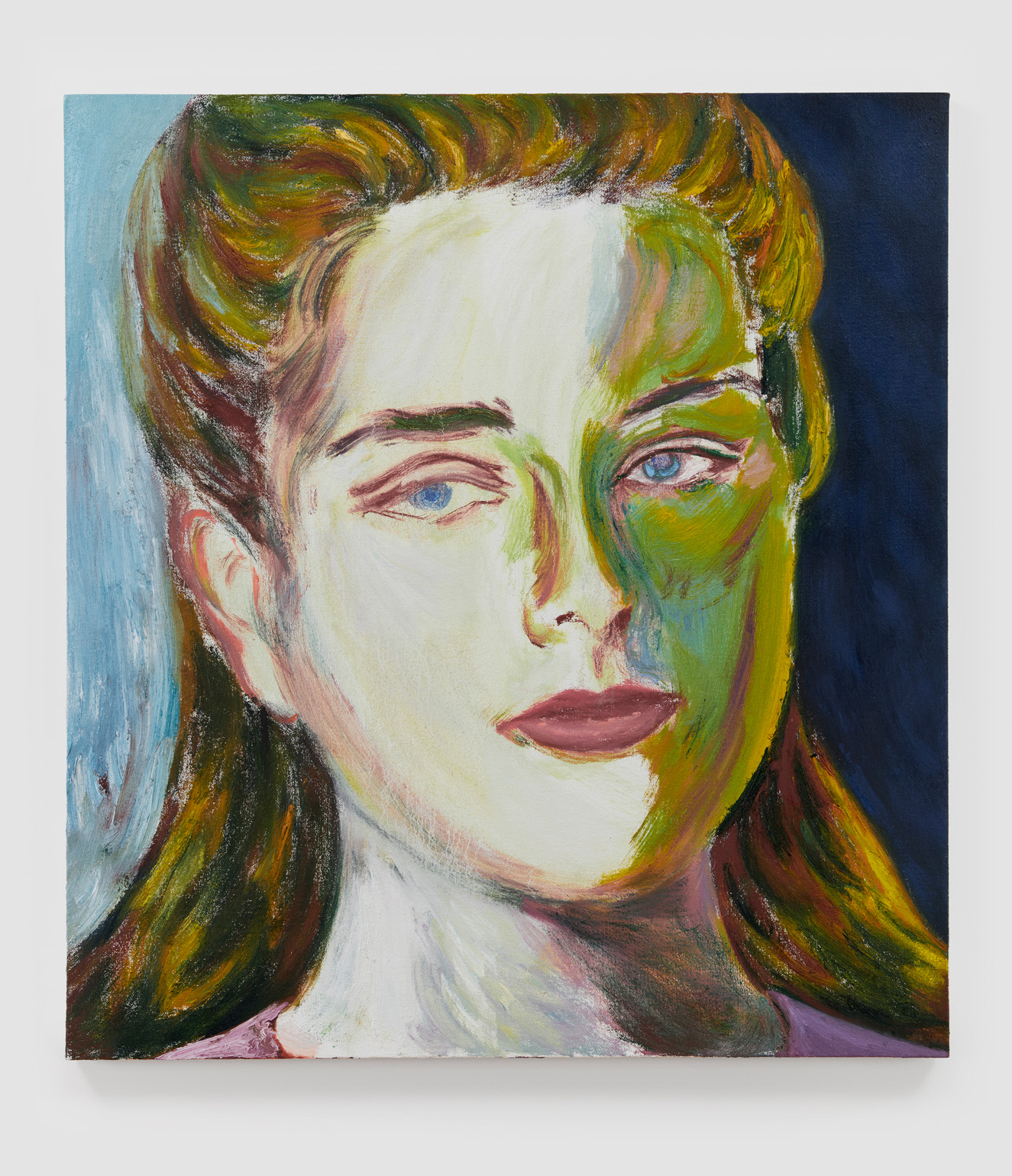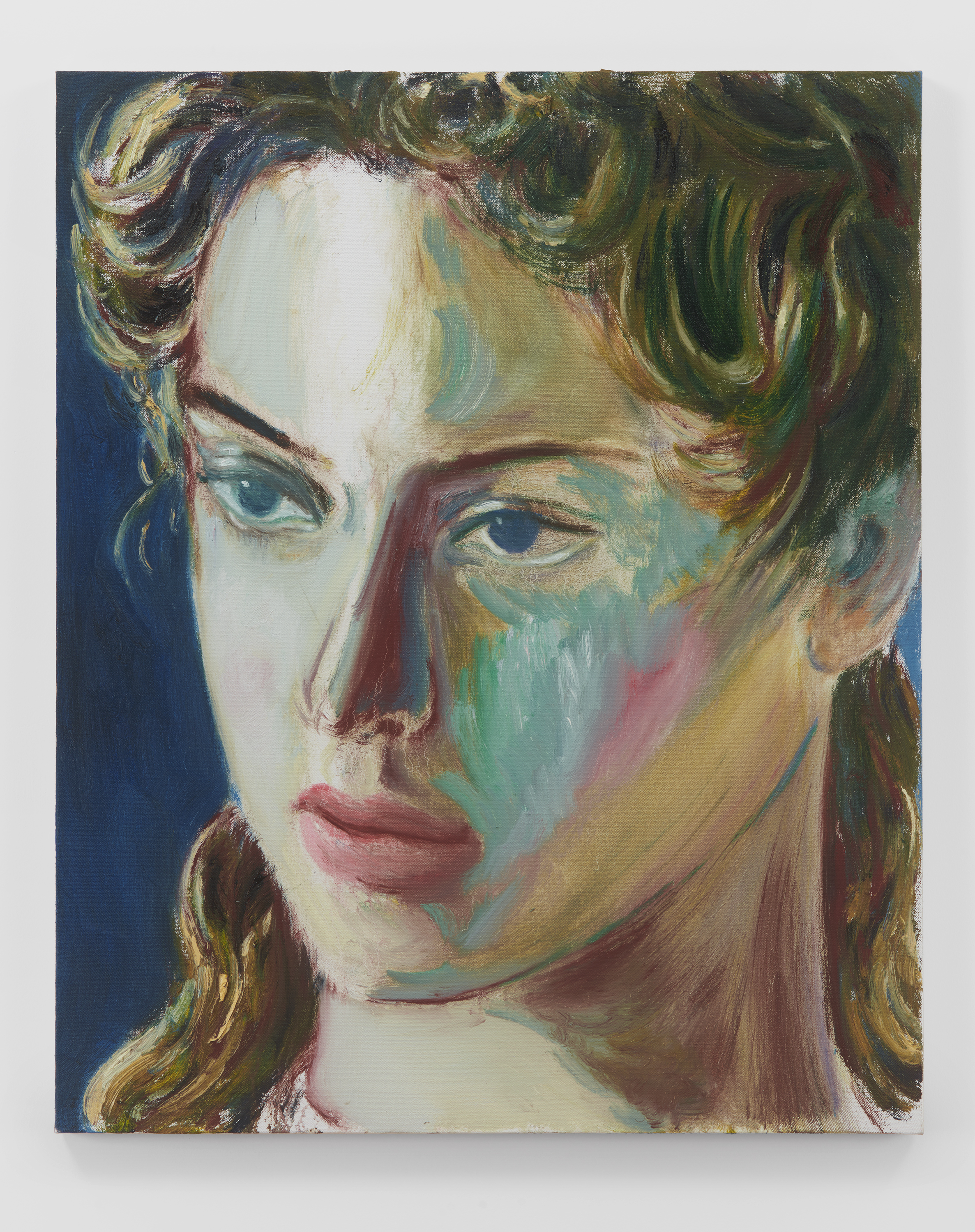My work always revolves around the theme of viewing and the frameworks it produces.
Unlike the “U” series, the “e” series leaves me unable to escape from the overall picture during the creative process, due to its perspective and scale. To maintain freedom of motion, despite being bound by small-scale canvases and the distractions of viewing, I have to keep myself in the dangerous moments between “seeing” and “not seeing” (the shiver). At the same time, I am constantly confronted with and identify myself from the momentum of habits — that of my own, and that which originate from art history and its status quo — so as to reconstruct the structure of the subject and object.
The “e” in the “e series” is taken from the last letter in she and he, and the series encapsulates how my gaze is directed toward “he/she”.
Is painting the art of “seeing?” Seeing produces he/she (the image or the object) within painting and focuses the subject within the present. Seeing brings about a structure, introduces a plot, and connects us.
“I” is constituted by the phantoms that arise as shadow follows the body, these are ghosts that wander on the boundary between temporal realms. Seeing, we become “them,” but we also remain ourselves. “They” morph into a symbol, and we subject this symbol to a plot. “The Other” are phantoms.
As Hermann Quitt, in They are Dying Out, sang:
“…and what I’ve just imagined, with a sigh, as my life
are only blisters on my body
which sigh when they burst.”
Jiang Cheng
December 13, 2022
